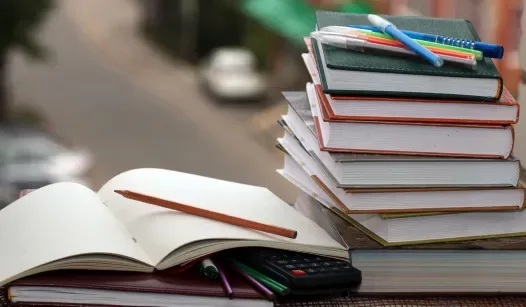Textbook bias is an increasingly important issue in the realm of education, particularly in the United States. As students engage with learning materials, the perspectives and ideologies presented can significantly shape their understanding of history, politics, and societal norms. This bias often reflects broader cultural and political trends, leading to concerns about the objectivity of educational resources.
At the corporate level, textbook companies have adopted progressive ideologies that parallel those found on many liberal arts campuses. This alignment raises questions about the neutrality of the content being presented to students. When textbooks promote specific viewpoints or omit critical perspectives, they risk crafting a skewed narrative that can influence young minds in profound ways.
The implications of textbook bias extend beyond the classroom. In a society where education plays a crucial role in shaping informed citizens, the potential for biased materials to affect public perception and political discourse cannot be understated. As students absorb the information presented in their textbooks, they form opinions and beliefs that can last a lifetime.
Moreover, the issue of bias in textbooks is not confined to any single subject area. From history and social studies to science and literature, the narratives that are highlighted or marginalized can have far-reaching consequences. For instance, the portrayal of historical events may emphasize certain figures or events while downplaying others, leading to a distorted understanding of a nation’s past.
In recent years, there has been a growing movement advocating for greater transparency and accountability in educational publishing. Educators, parents, and policymakers are increasingly calling for a more balanced approach to curriculum development. This includes the need for diverse perspectives and the inclusion of multiple viewpoints in educational materials. By fostering an environment that encourages critical thinking and open dialogue, we can better prepare students to navigate the complexities of the world around them.
As consumers of educational materials, it is essential for educators and parents to be vigilant about the content being used in classrooms. This vigilance involves not only reviewing textbooks but also engaging in discussions about the materials and their implications. By fostering an awareness of potential biases, we can encourage students to question and analyze the information they encounter, ultimately leading to a more informed and engaged citizenry.
In conclusion, textbook bias is a significant issue that warrants attention from all stakeholders in the education system. As we strive for a more equitable and comprehensive approach to education, it is crucial to recognize the impact of the materials we use. By advocating for balanced representation and promoting critical thinking, we can help ensure that future generations are equipped with the knowledge and skills necessary to navigate an increasingly complex world.
